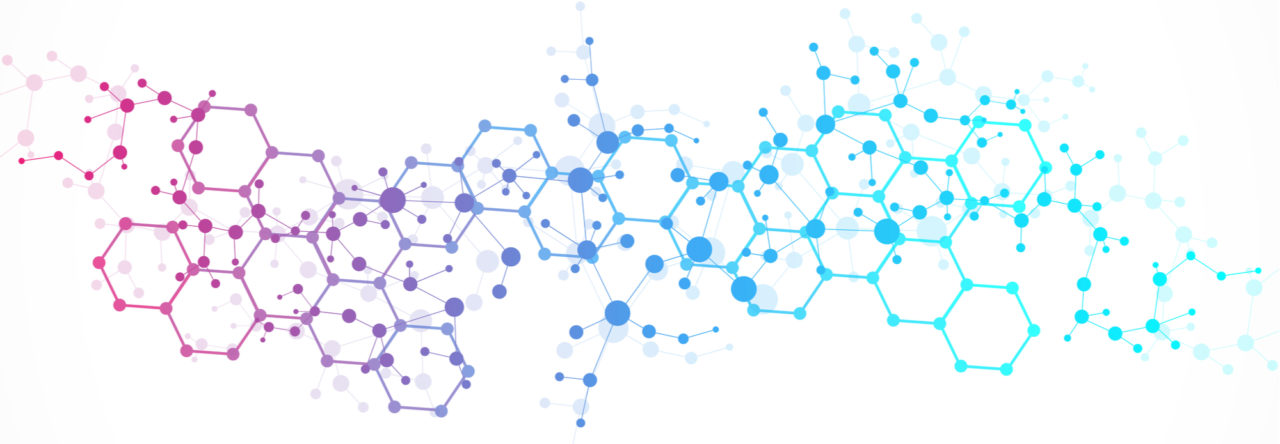Technology has increasingly changed all aspects of our culture, including the education sector. Today, students develop at home and in the classroom with internet-connected devices that change the way they learn. You can visit BritainReviews to understand various techniques that can be useful in schools. The future of technology education will change learning through a range of new technologies to teachers and students.
While technology will essentially drive the future of education, the most successful use of modern teaching technologies will require a new generation of educators who understand the value of human interaction in educational circles.
Students pursuing to study education or other courses should see reviews of online courses in the Uk. They need to acquire the knowledge and skills to maximize their benefits for middle and secondary school students today and tomorrow by applying new education technology.
Here are three reasons tech education is the future.
1. Tablets in the classroom
Tablets have become the most frequent mobile device students use. They are small enough for students to use individually, large enough to be used by many students, and flexible enough to act as video players, word processors, or educational gaming devices. In 2015, 78{d7b6e842e9f0d05c90e46f100e685fbe6381778a06bc45f1b39140a5e7de9cd2} of primary school pupils in their 2014 schoolwork used tablets, according to a Pearson Education survey of more than 2,000 students in fourth and 12th-grade levels. This is a 12{d7b6e842e9f0d05c90e46f100e685fbe6381778a06bc45f1b39140a5e7de9cd2} jump from the previous year.
Mid-school students’ tablets have grown from 58 to 69{d7b6e842e9f0d05c90e46f100e685fbe6381778a06bc45f1b39140a5e7de9cd2} between 2014 and 2015, while high school students’ tablets have risen from 42 to 49{d7b6e842e9f0d05c90e46f100e685fbe6381778a06bc45f1b39140a5e7de9cd2} yearly. Also, 9 in 10 students believe the tablets will “transform the way students learn in the future,” according to Pearson’s education research analysis.
The next generation of teachers will need to explore ways to deploy tablets in their curriculums for students, either for multimedia sharing, assignment, or any other device use. Also, they would have a tremendous effect on their students, teaching them technical awareness and developing new forms of learning.
2. Assistance technology
Technology means empowerment for students with disabilities, making them equal to their peers. For special education students and students with disabilities, various aiding technology equipment is available to provide the necessary educational support.
The use of alternative input devices is an essential educational trend for the assistive technology product group. This enables disabled students to operate with mouth or feet and other capabilities on computers and tablets that feature modified keys and wide buttons, cursors.
Speak-to-text technology has become a reliable option for students whose disabilities prohibit them from using any manual input system. More subtle technological advancements, such as easy-to-read fonts for dyslexia students, assist the disabled with minor education.
These developments in future training technology smash the barriers between students because of their learning abilities. Teachers who use these and other technologies will be at the forefront of leadership in education.
3. Augmented reality and Virtual reality voice
Trends in education would cut across the surge of expanded internet capacity and higher bandwidth, making advanced technology easier for students. Augment reality and virtual reality (AR/VR) are two main fields of next wave technology. Augment reality devices improve materials in the realm, such as jumping a map out of a website. VRs create an interactive digital environment in which students engage in simulated 3D environments that improve learning experiences.
Google also introduced itself into AR/VR, introducing VR-viewer cardboard that costs only $15. The viewer is part of the app and web launched by Google Expeditions in 2017. AR/VR education is especially well-suited for STEM students, allowing teachers access to virtual dissection, exploring microscopic organisms near, and many others.
In the meantime, voice platforms such as Google Echo and Amazon Alexa have class apps spread in homes throughout the world. These items offer immediate answers for students. They can also play educational games, perform surveys of their peers, talk with students worldwide, etc.
In conclusion, technology education is the future of education because you cannot compare the classroom settings to what we have before. Many technology upgrades have been introduced to the classroom, and more technological advancements will be presented.

